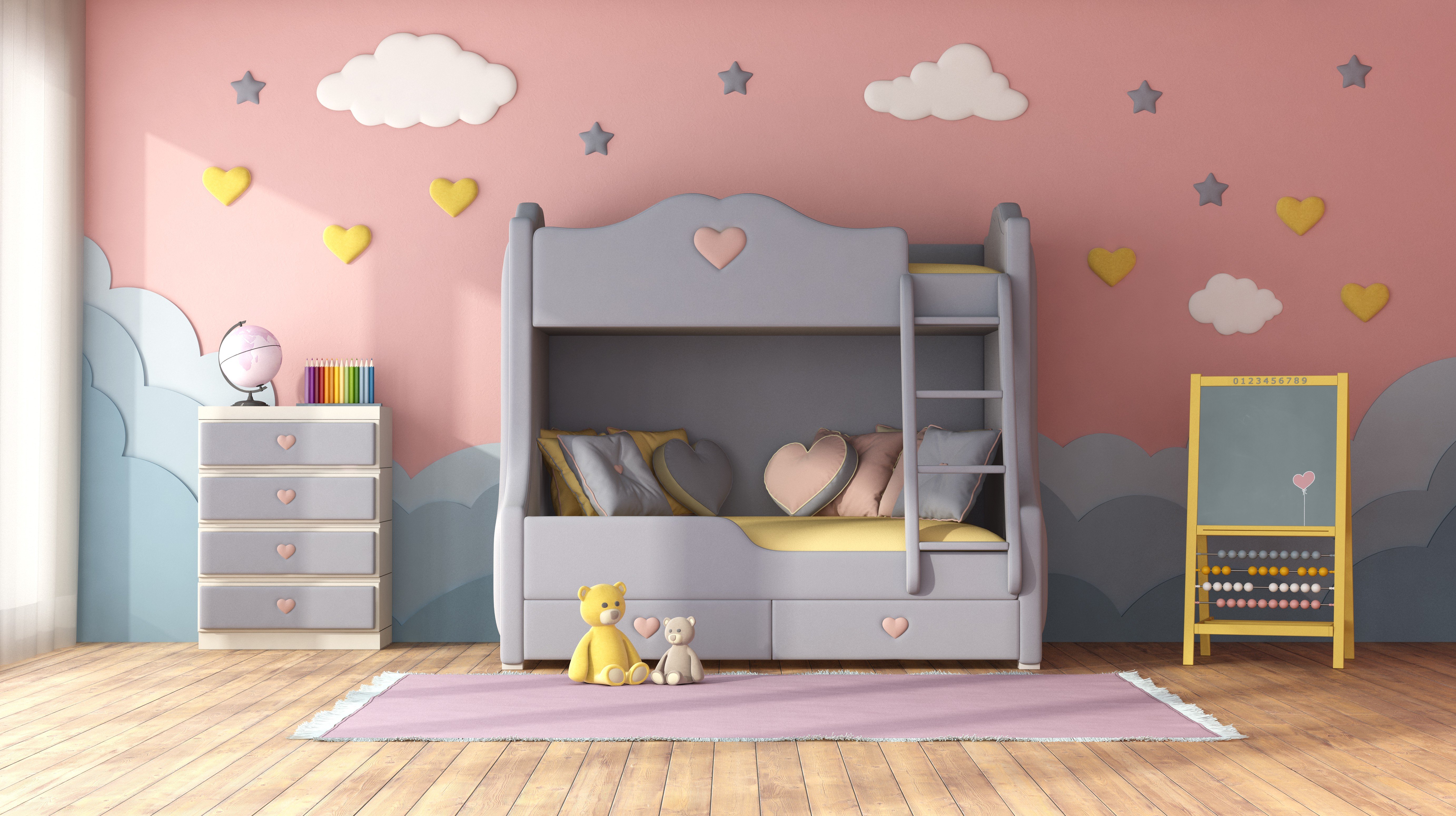The Ultimate Guide to Kids Bunk Beds: Maximizing Space and Fun
With the increase of vertical living and smaller sized areas, the appeal of bunk beds has actually skyrocketed among households. best bunk beds beds not just provide a useful sleeping service, specifically in shared spaces, however they also bring an element of fun into a kid's life. This detailed guide looks into the functions, benefits, and considerations of kids' bunk beds, making it simpler for moms and dads to pick the right bed for their kids.
Features of Kids Bunk Beds
Bunk beds are flexible furniture pieces that serve more than a single function. Here are some key functions to consider:
| Feature | Description |
|---|---|
| Material | bunk beds for kids beds can be built from wood, metal, or a combination of both, offering varying levels of sturdiness and design alternatives. |
| Safety Features | The majority of bunk beds come geared up with guardrails, safe and secure ladders, and topped supports for security, specifically important for young children. |
| Design Variety | Choices vary from classic designs to modern-day designs, making sure a match for any space decoration. |
| Space-Efficiency | Bunk beds utilize vertical space, making them ideal for smaller spaces. |
| Convertible Options | Some designs can be converted into two separate beds, offering flexibility as children grow. |
| Storage Solutions | Some bunk beds come with built-in storage drawers or racks, helping to keep the room arranged. |
Advantages of Kids Bunk Beds
Buying a bunk bed includes a number of advantages:
- Space Saving: Bunk beds make the most of floor space, enabling for more backyard or storage options.
- Enjoyable Factor: With a bunk bed, kids have a place that cultivates imagination and friendship throughout slumber parties or playdates.
- Economical: Instead of buying two separate beds, a bunk bed can accommodate 2 kids at the same time, saving cash in the long run.
- Flexibility: Many bunk beds can be dismantled or converted into twin beds, making them a long-term financial investment as children's requirements alter.
- Social Interaction: Bunk beds encourage household bonding and friendships, providing a welcoming space for children to share stories and laughter.
Factors to consider When Choosing a Kids Bunk Bed
When picking the ideal bunk bed for a kid, parents ought to take into consideration various elements:
- Safety Standards: Ensure that the bunk bed abide by security regulations and includes vital safety functions.
- Age Appropriateness: Different designs cater to various age. For instance, traditional bunk beds may not be suitable for younger kids.
- Room Dimensions: Measure the bedroom to make sure the bunk bed fits appropriately, enabling space to move around easily.
- Weight Capacity: Consider the weight load of each bed and guarantee it accommodates the kid's weight easily.
- Design Preferences: Letting kids take part in the choice process can assist them feel more ecstatic about their new bed.
Types of Kids Bunk Beds
Bunk beds come in different styles and configurations to match various needs:
| Type | Description |
|---|---|
| Standard Bunk Bed | A traditional style with one bed bunk for sale stacked on top of another, normally utilizing a ladder to access the leading bunk. |
| L-Shaped Bunk Bed | Features two bunk beds connected in an L-shape, often more roomy and appropriate for kids sharing a space but requiring a bit more space. |
| Triple Bunk Bed | Makes up 3 stacked beds, ideal for maximizing sleeping plans in really minimal areas. |
| Loft Bed | A raised bed with space underneath that can act as a play area, research study corner, or additional storage. |
| Futon Bunk Bed | Combines a bunk bed on the top with a futon or sofa below, making it great bunk beds for sleepovers and optimizing room use. |
| Convertible Bunk Bed | Can be separated into two private beds, providing flexibility as kids's needs change. |
Caring for Kids Bunk Beds
Keeping bunk beds is crucial for guaranteeing longevity and security. Here are some simple care practices:
- Regular Inspections: Check the bed frequently for loose screws and tightened bolts to guarantee stability.
- Cleanliness: Keep bed linen clean and fresh, turning mattresses for even wear.
- Guardrails: Ensure guardrails are protected and in location, especially if kids tend to move a lot in their sleep.
- Air Circulation: Ensure the bed has sufficient airflow, avoiding wetness buildup that can result in mold or mildew.
Frequently Asked Questions About Kids Bunk Beds
Q1: At what age can a child safely utilize a bunk bed?
A1: Generally, children aged six and older are thought about safe to use the upper bunk due to the height and stability factors involved.
Q2: Can I place a bunk bed near a window?
A2: It is advisable to avoid putting a bunk bed near windows to reduce the threat of falling or injuries.
Q3: Are bunk beds safe for more youthful children?
A3: While some modern-day bunk beds feature security functions accommodating younger kids, it is generally advised to wait until they are older, generally over 6 years.
Q4: What is the common weight limit for top bunks (More Bonuses)?
A4: Weight limitations vary by model however typically vary from 150 to 250 pounds. Always refer to the manufacturer's specs.
Q5: How typically should I inspect the bunk bed's safety features?

A5: It is suggested to perform a security check every couple of months or whenever you notice any indications of wear.
Kids' bunk beds serve as a strategic option for families looking to make the most of space while providing an enjoyable and engaging sleeping environment for their kids. With a range of options available-- from basic styles to loft beds-- parents have the flexibility to select something that fulfills their family's specific needs. By thinking about crucial factors such as safety, space viability, and their children's preferences, parents can make an informed option, making sure that each child is thrilled about bedtime while gaining from an efficient space.








